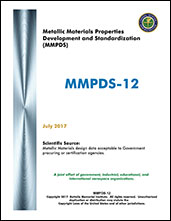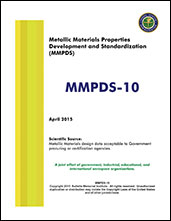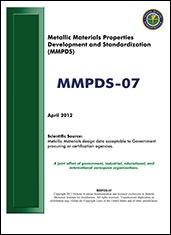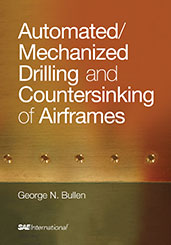Book

System Innovation for Sustainability 2
2009-01-01
System Innovation for Sustainability 2 focuses on the movement towards sustainable personal mobility, using case studies analyzed from a system perspective to examine the changes required to increase sustainability. Three major problem areas are considered: carbon emissions and the growing contribution of mobility to the climate change crisis, congestion, and casualties. Each proposed strategy addresses one or more of these problem areas. The book identifies opportunities for governments, manufacturers, and consumers to intervene to promote sustainable mobility. It concludes with a reflection on problems, trends, and actions needed. Topics include: Meta-trends Mobility sector issues Socioeconomic trends Political considerations Sociocultural developments Environmental issues








